Understanding the Difference Between UI and UX
In digital design, terms like UI (User Interface) and UX (User Experience) are often used interchangeably, but they refer to distinct concepts with unique roles. Both are crucial in the creation of successful digital products,
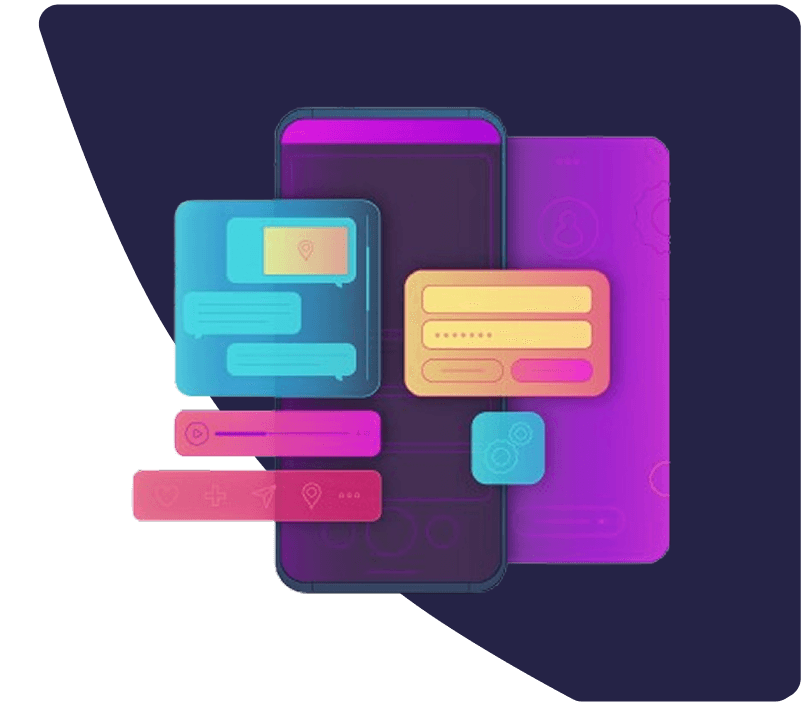
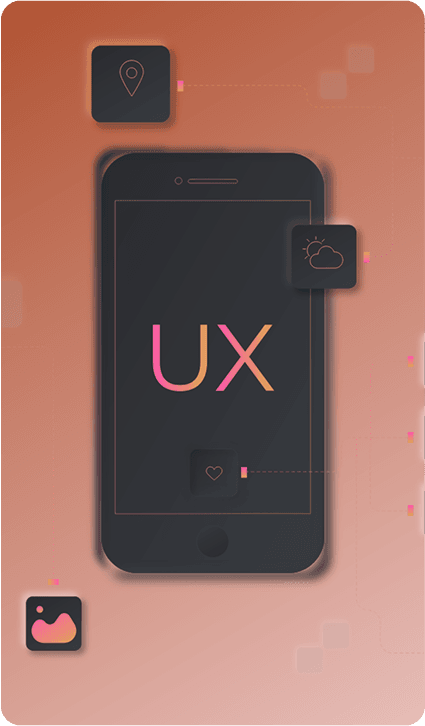
What is UX (User Experience)?
Defining User Experience
User Experience (UX) refers to the overall feeling and satisfaction a user derives from interacting with a product, system, or service. UX design is the process of enhancing user satisfaction by improving the usability, accessibility, and enjoyment of the interaction between the user and the product.
The Goals of UX Design
The primary goal of UX design is to create a meaningful, easy, and efficient experience for users. UX design focuses on understanding the users’ needs, addressing their pain points, and delivering solutions that create a smooth journey from start to finish.
The UX Process: Research and Strategy
The UX process is research-heavy, involving several stages aimed at understanding and addressing user needs. Key steps in the UX design process include:
- User Research: Identifying target users, understanding their behavior, needs, and preferences through interviews, surveys, and analysis.
- Persona Development: Creating user personas that represent typical users, aiding in targeted design strategies.
- User Journeys and Storyboarding: Mapping out the user’s journey to identify potential challenges and optimize user flow.
- Wireframing and Prototyping: Designing low-fidelity prototypes to plan out the structure and flow of the product before finalizing the details.
- Usability Testing: Conducting tests to gather feedback and make improvements, ensuring the product meets user expectations.
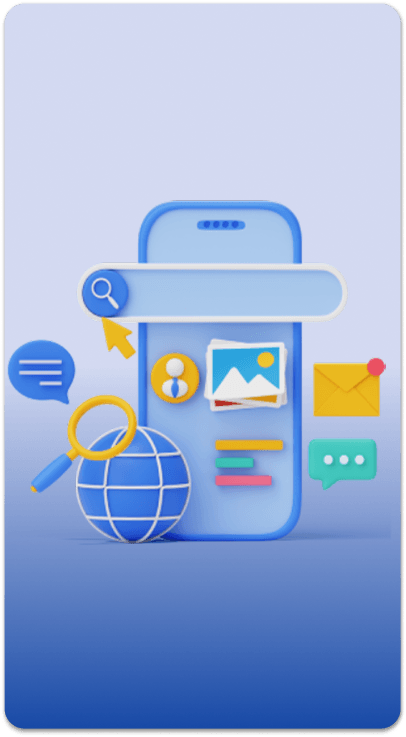
What is UI (User Interface)?
Defining User Interface
User Interface (UI) refers to the space where interactions between humans and computers occur. UI design is concerned with the visual elements that allow users to interact with a product, such as buttons, icons, colors, typography, and layout. It focuses on aesthetics and functionality to ensure an intuitive interface.
The Goals of UI Design
The primary goal of UI design is to create an attractive, responsive, and accessible interface that facilitates easy interaction. UI design involves arranging elements in a way that feels natural and guides users intuitively through the product.
The UI Design Process
The UI design process involves visual creativity and technical knowledge, balancing aesthetics with functionality. Key stages include:
Visual Design: Selecting colors, typography, and graphics that align with the brand and improve visual appeal.
- Layout Design: Structuring elements to create a balanced and intuitive layout that guides users through the interface.
- Interactive Design: Adding interactions and animations that improve functionality, such as hover states and feedback for button clicks.
- Responsive Design: Ensuring the interface adapts across various devices, including desktop, mobile, and tablets.
- UI Testing: Testing the interface’s effectiveness in real-world scenarios, optimizing based on user feedback.
Comparing UX & UI: Key Differences
Though UX and UI often work hand-in-hand, they serve distinct purposes. Here’s a breakdown of the key differences:
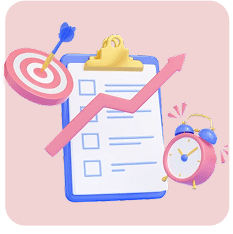
Focus and Functionality
UX is about the user’s journey through a product, aiming to create a smooth, meaningful experience. UI focuses on the visual and interactive aspects of the product, ensuring it’s both attractive and easy to use.
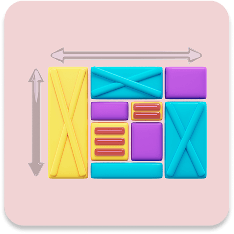
Process Orientation
UX involves extensive research and planning to understand the user’s needs and develop a satisfying experience. UI emphasizes design and aesthetics, transforming UX plans into an appealing and functional interface.

Goals and Objectives
UX aims to solve user problems and improve usability, aiming for customer satisfaction and loyalty. UI aims to make the product visually appealing and easy to navigate, enhancing the overall experience through visual design.

How UI & UX Work Together
Creating a Cohesive Experience
UI and UX design must work in harmony to create a cohesive product experience. While UX ensures that a product is usable and addresses user needs, UI brings that experience to life through visuals and interaction.
The Balance of Form and Function
UX design establishes the structure and functionality of the product, making sure that each element serves a purpose. UI design adds the aesthetic appeal, ensuring that the final product is not only functional but also enjoyable to use.
Examples of UI and UX Working Together
Imagine an e-commerce website
UX Design: A UX designer may focus on creating a straightforward checkout process, ensuring users can easily find and add products to their cart.
UI Design: A UI designer, meanwhile, focuses on designing an appealing button, choosing the right colors, and creating a consistent style for the website that aligns with the brand.
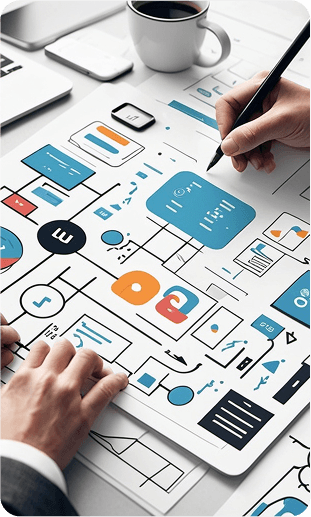
Why UX & UI Are Both Essential of Success
UX Without UI
A well-designed UX without an appealing UI may lead to a product that is functional but lacks aesthetic appeal, resulting in lower engagement and user satisfaction. Imagine a website with excellent functionality but a plain and outdated interface—users might not stay engaged due to a lack of visual appeal.
UI Without UX
A visually attractive UI without a thoughtful UX can result in a product that looks great but is confusing or difficult to use. This often leads to frustration, high bounce rates, and a poor user experience overall.
Real-World Impact
Investing in both UX and UI is crucial for creating a digital product that satisfies and retains users. Together, UX and UI design contribute to customer loyalty, positive brand perception, and ultimately, higher conversion rates.
Roles of UX Designers vs. UI Designers
Though their work overlaps, UX and UI designers have distinct roles:
- UX Designers: Conduct user research, create personas, map user journeys, and design wireframes and prototypes.
- UI Designers: Focus on visual design, color theory, typography, and layout, bringing the UX designer’s wireframes to life.
UX
Skills Required for UX Designers
- Research and analytics
- Empathy and an understanding of user psychology
- Wireframing and prototyping
- Information architecture and usability testing
UI
Skills Required for UI Designers
- Graphic design and visual aesthetics
- Knowledge of color theory, typography, and layout
- Proficiency in design tools (e.g., Adobe XD, Sketch, Figma)
- Interaction design and animation

How to Determine Whether Your Project Needs UX, UI,or Both
Projects That Primarily Need UX
Projects that focus on functionality and user flow, such as apps for complex processes or tools with many features, benefit heavily from a strong UX approach. For example, a healthcare portal where patients need to navigate and find specific information quickly.
Projects That Primarily Need UI
Projects that are highly visual, such as marketing landing pages or brand-centric websites, often require more UI focus. In such cases, aesthetics and visual appeal play a significant role in attracting and retaining users.
Projects That Need Both UX and UI
In most cases, both UX and UI are necessary to create a successful digital product. For instance, a mobile banking app needs UX to ensure smooth user flows and security, while UI is crucial for making the interface visually appealing and user-friendly.
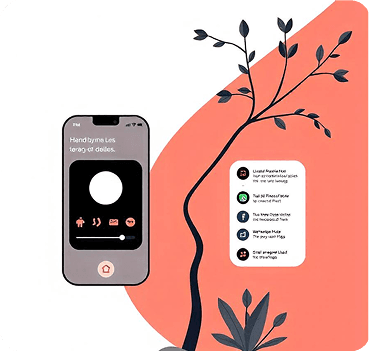
Achieving the Perfect Balance Between UX and UI
While UX and UI have different focuses, they are interdependent and work best when combined. UX ensures the product meets user needs and solves problems, while UI makes the experience visually engaging and easy to navigate.
Businesses that prioritize both UX and UI design can create products that not only look good but also provide a seamless, enjoyable experience, fostering customer satisfaction, loyalty, and growth. In today’s competitive landscape, understanding and implementing both UI and UX is essential for building digital products that stand out and succeed.
